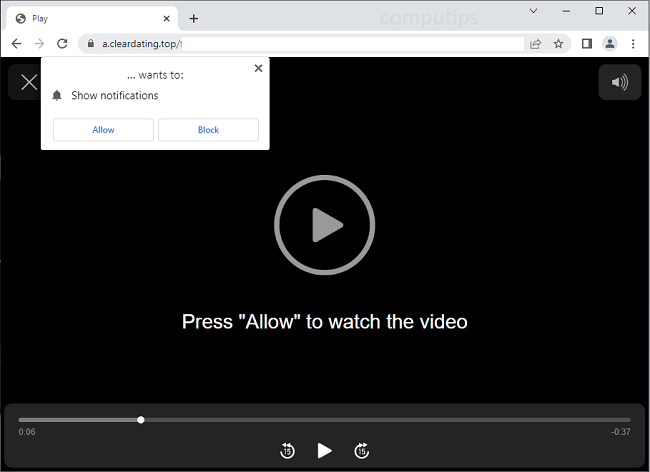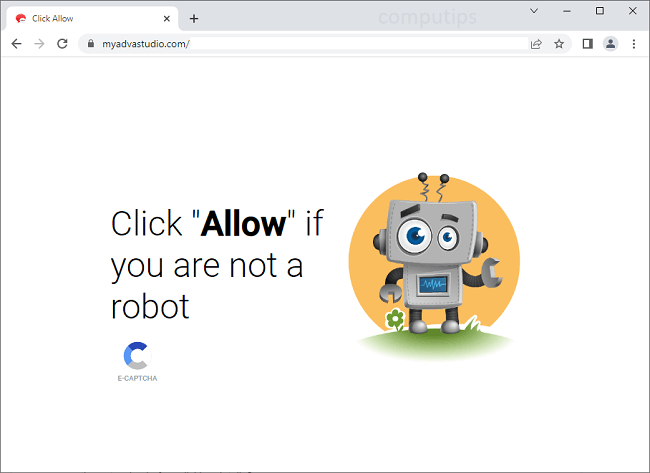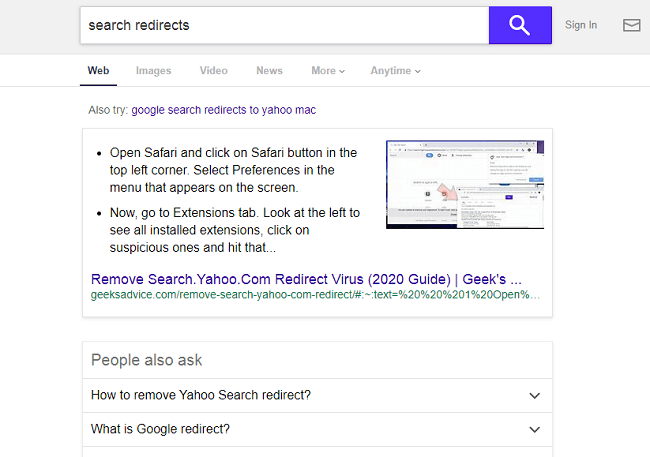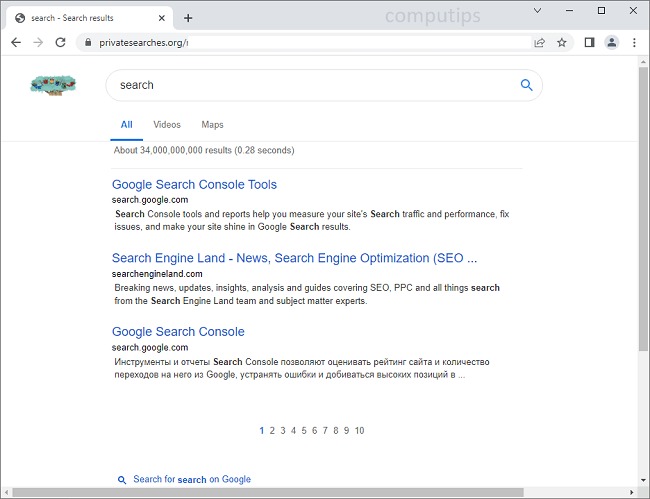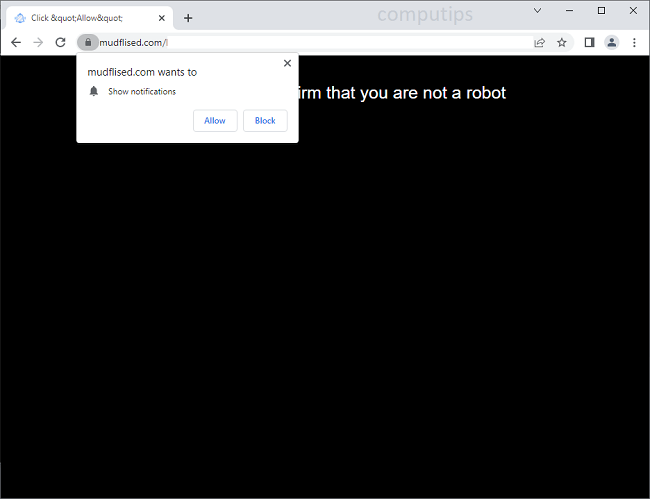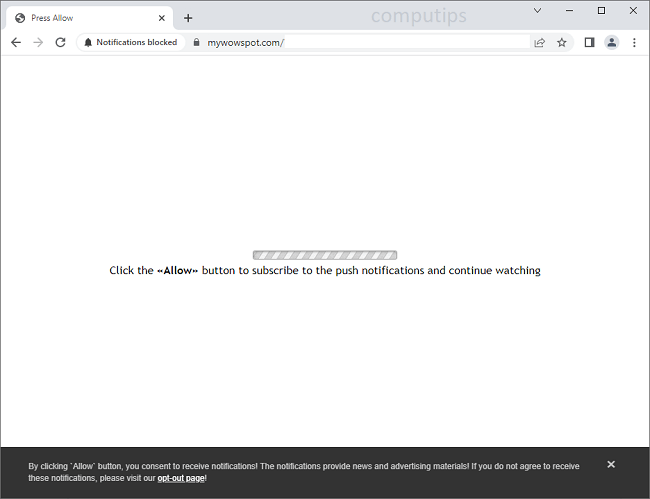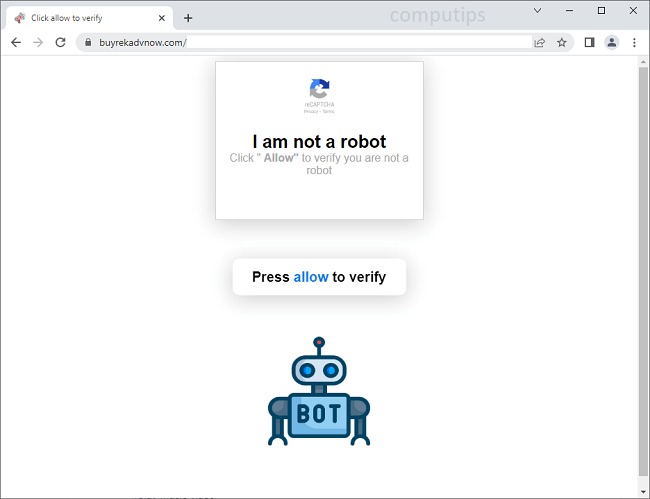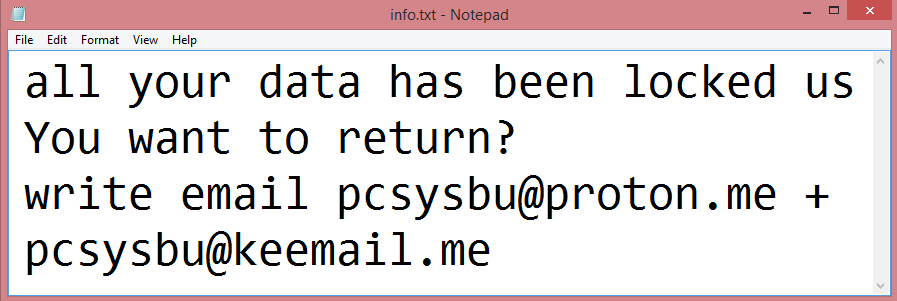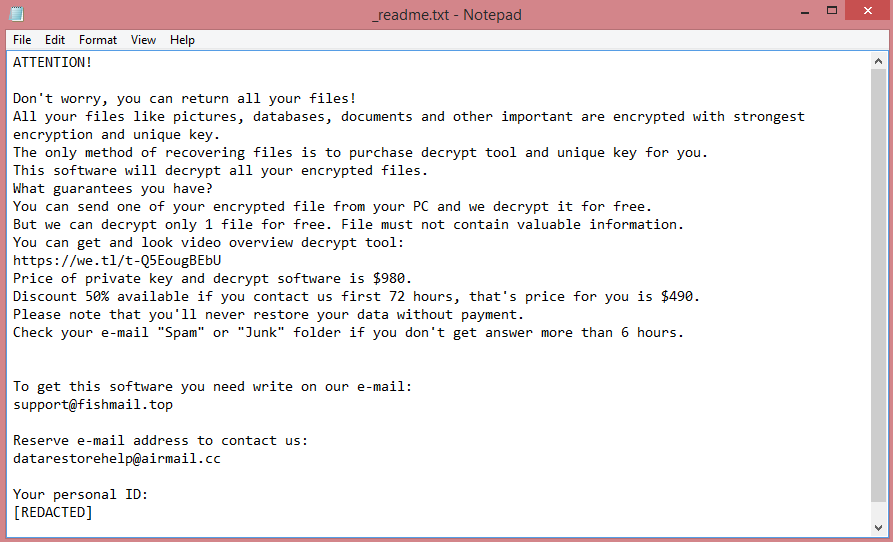
What is Isza ransomware?
Isza is a ransomware virus that has been discovered recently. It operates under the same algorithm as any other ransomware program would; it encrypts the victim’s files, renames them (giving the files .isza file extension), and creates a ransom note named “_readme.txt”.
Isza belongs to the STOP/Djvu ransomware family (a group of viruses that share most of their code). As a consequence of this, it is nearly identical to other ransomware in this family (such as Bttu). Should you choose to compare them, you will see that the demands and even the text in the ransom note are pretty much the same.
For reference purposes, Isza’s ransom note is pictured on the image above; it contains the entirety of its text. To summarize, the virus wants $980 in ransom, or $490 if the victim pays within several days.
Paying the hackers, however, is generally a bad idea, denounced by many organizations around the globe. That is because these criminals have a reputation for taking the money and disappearing without decrypting the files. But there are other ways to remove Isza ransomware and decrypt .isza files; the guide below will teach you some of them.
